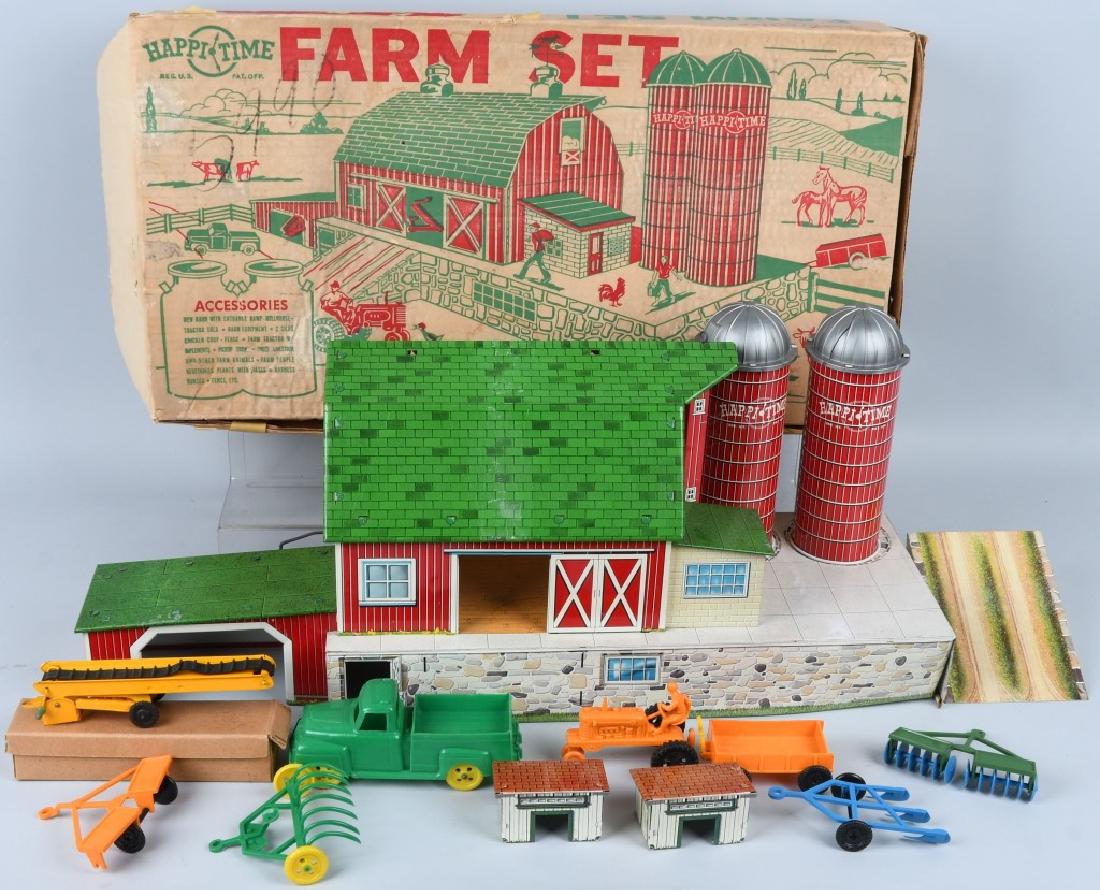
Originals and reissues are both soft plastic. The original has almost a matte surface with virtually no shine. Like many reissues, this new horse is made from a different kind of plastic than the original. 12 Marx saddle horses showing reissue on the left original on the right. Companies reusing original molds have the option to use the original mark (if any), alter or modify the original mark or entirely remove the mark.Īlthough we cannot offer a positive way of identifying all the reissues at this time, we wanted to alert readers to their existence.įig. Many figures, old and reissues, are marked with dates from the 1960s in Roman numerals. Under no circumstances should you rely on marks for estimating the age of Marx figures and accessories.

You should be at least able to correctly identify a figure and that will make asking about colors that much easier.

O'Brien's book has 20+ pages on Marx figures with over 100 photos including brief descriptions and market prices. Marx collectors and dealers pick this knowledge up through experience and sharing their information with each other.įor beginners and general line dealers, the book that contains the most information on original Marx figures is Collecting Toy Soldiers by Richard O'Brien, Krause Publishing. Unfortunately there is no book or list of originals from which to make comparisons. 2 is soft plastic (flexible rifle) but the original is hard plastic. For example, the reissue Davy Crockett statue in Fig. The good news about reissues is that most are a different type of plastic and in different colors than originals. First, we'll look at the Marx reissues then discuss look-alike pieces. In addition to the problem of reissued figures from original molds, there are also plastic figures made in entirely new molds that appear very similar to Marx figures. At that time, many molds were bought by American Plastics which has since then sold or leased the original molds to a number of U.S. The original Marx company was sold to Quaker Oats in 1972 which in turn sold it to a European company, Dunbee-Comex, which went bankrupt in 1980. Original boxed sets with all the figures now sell on average for $400-$600 with rare sets priced from $1,000 to $4,000.
#Marx playsets plus
These sets contained highly detailed plastic figures in historically accurate poses and uniforms plus large numbers of accessories and usually one or more metal buildings. Over several hundred different sets and variations were made. Some typical examples are the American Civil War, Cape Canaveral, Davy Crockett, Zorro, Ben Hur, The Untouchables, and Wagon Train.
#Marx playsets movie
Each set was designed with a particular historical theme or tied into a popular movie or television series.
#Marx playsets series
Most likely, one of these Marx wonders filled your toy chest.Marx plastic figures and playsets reissues and new look-alikesįrom the late 1940s to 1976, Marx Toys produced a series of large elaborate playsets.

Marx churned out plastic tricycles, plastic dolls, plastic figurines. The New York–based firm had plastic molds for cars, soldiers, robots and miniature furniture. McGuire in The Graduate, Louis Marx saw the future in plastics during the 1960s and '70s. The electronic age had been the downfall of Marx, the king of the plastic age. Marx was history, eight years after being sold to the Quaker Oats Company. In fact, Marx saw its revenues go up during the devastating economic downturn.īy 1980, the last Marx factory had closed. Marx Toys proved to be so successful, the company was Great Depression–proof. Toys such as the tin, mechanical Zippo the Climbing Monkey were must-haves for kids. The distributors-turned-toymakers had delivered delightful playthings to the hands of American children. In 1922, three years after founding their company, brothers Louis and David Marx were millionaires.


 0 kommentar(er)
0 kommentar(er)
